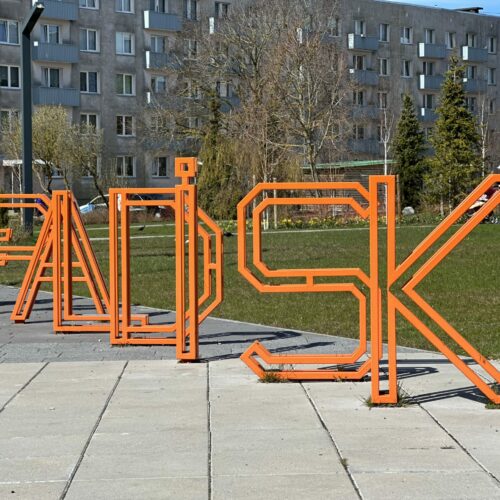Research Projects

Estonian Academy of Arts is the only research institution directly engaged in scientific research in the field of heritage protection and conservation. The Department of Cultural Heritage and Conservation focuses their research on material cultural heritage – historic buildings and built environments, artefacts and artificial environments, incl. artworks. The research focuses on heritage creation and the sociology of conservation, the sustainability of historic environments as well as the studies of materials and technology.
Among the most significant research directions is technical art history – an interdisciplinary field of heritage studies, applying contemporary scientific as well as information and communications technology to gather, process, archive, contextualise and visualise data. While various types of research in technical art history (chemistry, microscopy, wood analysis etc) are conducted in collaboration with other research institutions, in the applications of imaging technologies (3D modelling, IRR, RTI, creation of specialised databases/ research websites etc) Estonian Academy of Arts is the field’s leading competence centre.
Due to research activities and popularisation of research in the field, heritage protection and conservation has become an accepted and acknowledged field in our scientific community.
See the digital database of EKA’s Department of Cultural Heritage and Conservation.



















